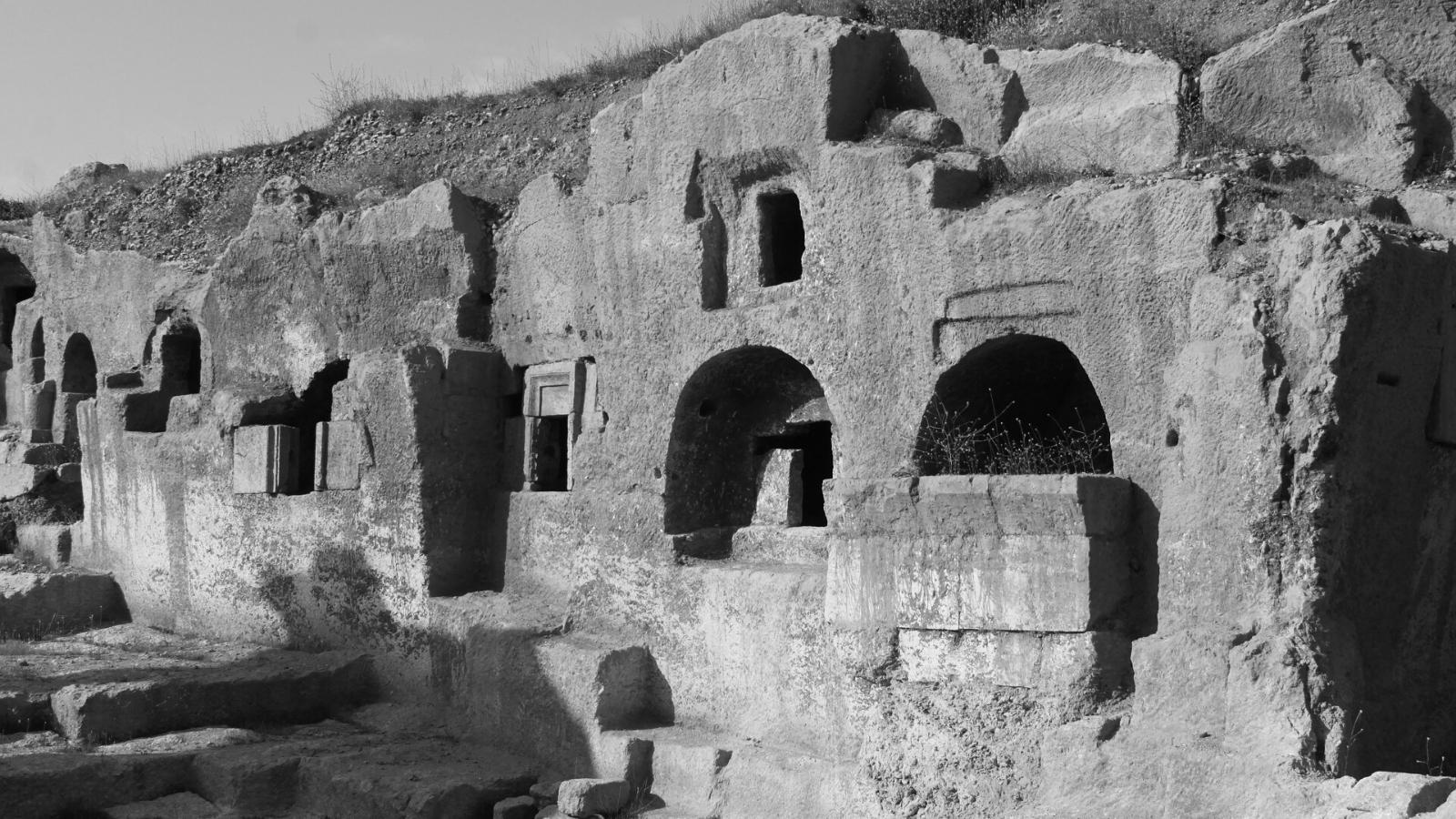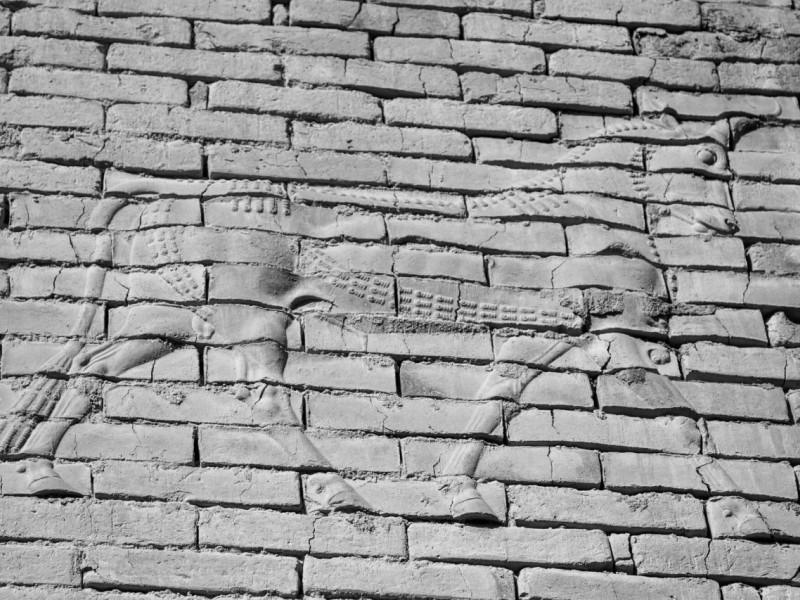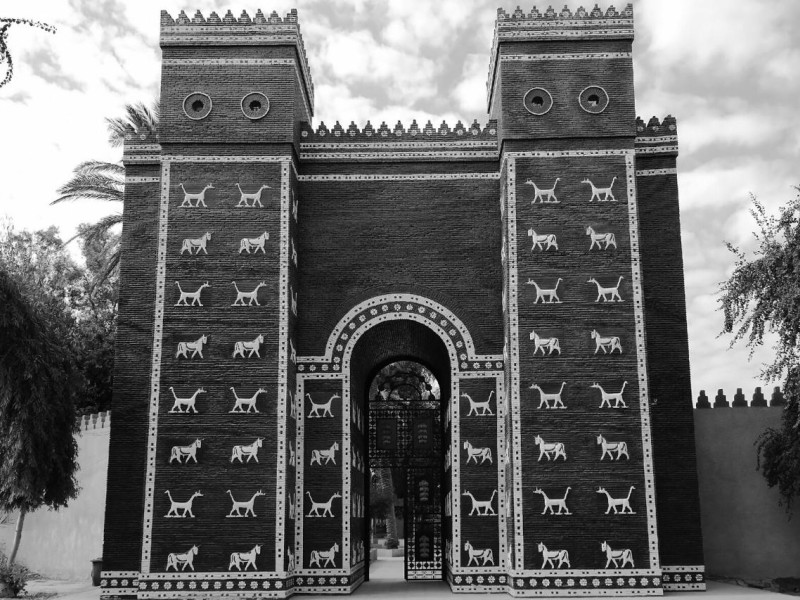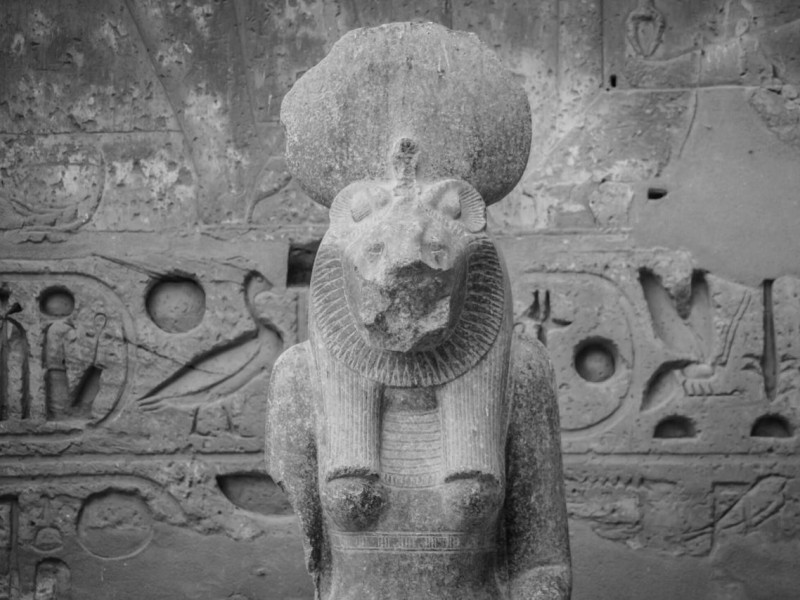Lamashtu: The Evil Mesopotamian Goddess That Killed Babies
Lamashtu is a female demon god of ancient Mesopotamian mythology. She is associated with many extremely bad deeds. In literature, Lamashtu can only be seen in the worst form and is associated with witches, dogs, pigs, wolves and other hybrid animals.
Here, we take you through the history of ancient Mesopotamian mythology towards the origin of Lamashtu and everything there is to know about this Babylonian demon god.
Who is Lamashtu?
In ancient Mesopotamian mythology, Lamashtu is the demon goddess and hybrid creature associated with the worst of crimes and deeds. Her stories and acts send chills down one’s spine.
In every ancient mythology, there is a god, goddess, creature or a being that is utterly hated by everyone because of how devilish they are — Lamashtu is that being. To understand her life of crime, we start from the beginning: the Mesopotamian religion and mythology.
Mesopotamian Religion and Mythology
The ancient Mesopotamian culture includes the Akkadian, Sumerian and Babylonian cultures. These people were fairly religious. The Mesopotamian religion was polytheistic, with many different gods, goddesses and their storylines, but in all cultures some gods and goddesses were common. The three main Mesopotamian gods were Ea, the god of wisdom and magic, Anu, the sky god, and Enlil, the god of earth, storms and agriculture.
How the Gods Were Worshipped
The Mesopotamian gods and goddesses were worshipped in large shrines and temples, which were looked after by priests. The gods and goddesses of Mesopotamia were depicted as humans to form a deeper connection with the people. The Mesopotamians visited their temples with offerings, most often animals to sacrifice, to please their gods and in return get their wishes fulfilled.
The temples were filled with the statues and incantations of their beloved god. People also celebrated festivals yearly outside the temples. Some of these temples served as a refuge for people in danger and also offered shelter to those who were poor and sick. The government of those times was responsible for maintaining and facilitating the normal operation of these temples, while rich Mesopotamians also donated heavily to their upkeep.
These were the good gods that gave to the people and made their lives better. On the other hand, there were some gods whose only purpose was to bring chaos and sadness to the world. One of the most infamous of the Mesopotamian demons was Lamashtu. Let us look at her origin, characteristics and appearance.
Lamashtu: Origin
Lamashtu was an ancient Mesopotamian goddess. She was the daughter of the sun god, Anu. According to different stories, Lamashtu has different natures. She was either described as a goddess, a semi-goddess or an evil female demon.
Unlike other deities who obeyed the rules and regulations, Lamashtu was seen as somewhat of a deviation. She obeyed no one and had her own rules and regulations. Signs and depictions of Lamashtu have been seen since the ancient Mesopotamian era.
The earliest Mesopotamians believed in this deity and worshipped her. The reason for worshipping a demonic creature was either because of fear or admiration, and many ancient Mesopotamians probably fit these categories.
They worshipped her so that they might become safe from her atrocities and so that she would enjoy the praise and assist them in acquiring whatever they want.
Lamashtu: Characteristics
Lamashtu was by far the most evil female demon in any mythology. She was a female monster that menaced pregnant women and their children.
She used to snatch babies right after they were born or while they were still breastfeeding. She was responsible for causing women to lose their babies or abort them.
After snatching the babies, Lamashtu would suck their blood and gnaw on their bones. This is the worst deed anyone could commit, and her other evil deeds include drinking the blood of men, disturbing sleep, bringing nightmares, slaying foliage, infesting rivers and being a source of disease, sickness and death.
Lamashtu: Appearance
Lamashtu had one of the most unusual appearances when it came to goddesses in any mythology. She was depicted as a hybrid creature containing both human and animal features. She had a body covered in black, coarse hair and the head of a lioness with a donkey’s teeth and ears. Her feet were of a bird’s with sharp and long crooked nails.
Lamashtu was mostly portrayed as holding snakes in her hands. She was mostly in the company of dogs and pigs, who were said to be a part of her following. In some of the scriptures found, she was shown to be kneeling or standing near donkeys while feeding a pig.
She was also depicted as heavily pregnant and had her breasts covered with two skulls. Her two famous swords, which she held in each hand, were named Redlust and Chillheart.
Lamashtu and Pazuzu
In ancient Mesopotamian mythology, Pazuzu was the king of Sumerian demons of the wind. He was the brother of Humbaba and the son of the god Hanbi, both important Mesopotamian deities. Among many things, he was also the bearer of drought and famine in Egypt. Even though most of his powers were that of an evil deity, one of his most important responsibilities was opposing Lamashtu and her work.
After all the atrocities Lamashtu was causing, the gods thought of sending an opposite power to Lamashtu. Pazuzu was the counterpart of Lamashtu in all of her deeds. Where Lamashtu endangered pregnant women and their babies, Pazuzu stood with them as a shield and saved them from the chaos of Lamashtu.
Pazuzu was the greatest rival of Lamashtu, but in some parts of mythology, Pazuzu was also shown as the lover of Lamashtu. They were very close until Lamashtu wanted more power and killed one of the important gods. After that, Pazuzu became her rival and protected women and their children as he knew how she worked and got to them before she did.
Lamashtu and Her Servants
The unholy symbol of Lamashtu is a three-eyed jackal head, which may be represented in various ways, and her sacred animal is the jackal. She considered all of the gods as her enemies and had no friends in her world. She only focused on expanding her cult, and she did that by granting favors for her followers, which they asked of her. She was also very keen on creating more ferocious monsters.
Most of her servants are evil monsters like her but lower in status. They helped her in performing evil deeds and also attracted other monsters to become her servants.
In this section, we will be talking about some of her loyal servants.
Bloodmaw
The bloodmaw was a yeth hound that had one green eye and one red eye. This hideous, powerful and cunning hound relished on the promise of carnage and a good hunt.
Yaenit
A yaenit was a slavering, monstrous hyena demon that resembled the corrupted hound archons with their gangly limbs and deformed hyena heads. They loved killing and maiming in Lamashtu’s name as they were her followers.
The Yethazmari
The Yethazmari appeared as an enormous jackal, standing 14 feet tall at the shoulder with black leathery wings, smoking eye sockets and a snake in place of a tail. This herald of Lamashtu brought bloodshed and terror.
Seven Witches
The Seven Witches served Lamashtu and her wishes in the Abyss. They were her favorite among all of her followers and she regarded them as her own daughters: powerful demonic sorceresses.
Worship and Temples
Lamashtu was called seven witches in the incantations because she had so many bad deeds and powers that it was unbelievable that a single deity was responsible for all of them. Lamashtu snuck into the homes of pregnant women and tried to touch their bellies.
As soon as she touched them, the baby died inside. She used to snatch the baby from the mother’s lap as well.
Aside from messing with pregnant women and their babies, she also used to destroy people’s sleep and drink the blood of men. Looking at all the evil deeds of Lamashtu, people were rightfully scared of her, so because of fear they worshipped her. They thought if they worshipped Lamashtu, she would spare them and their children.
Some people also worshipped Lamashtu because they were so impressed by her work and deeds. They worshipped her to be more like her and bring harm to people they hated or despised. This was very unhealthy in society because people started imitating Lamashtu to act out their prejudice.
Sacrifices to Lamashtu
In the ancient Mesopotamian cities, there were many temples for Lamashtu. People worshipped, sacrificed and prayed to Lamashtu in these temples. The most famous sacrifice to use was animals and also anything that was dear to one’s life. Many rituals were performed before the actual sacrifice to give Lamashtu the utmost satisfaction of attention and importance.
Legacy of Lamashtu
In the scriptures and texts found on the ancient Mesopotamian gods and goddesses, their life story was defined deeply. Where their rise was shown, their fall was also explained.
In the case of Lamsshtu, however, her death or fall was not written anywhere. It is believed that Lamashtu finished herself by cutting open her own body with her two swords, which she did because she was tired of keeping up with her dark persona.
The demonic goddess, Lamashtu, was a big part of the ancient Sumerian, Akkadian and Babylonian cultures. As these cultures were slightly different from each other, the character, worship and popularity of Lamashtu varied.
Nevertheless, she was always depicted as a hideous hybrid monster, half-naked and with swords in each of her hands. She was also always depicted as a devilish character who stole babies and was a blood-drinker.
Lamashtu Through the Years
Lamashtu’s legacy lives on as many different movies, tv-series, videogames and writers use her extraordinary character and characteristics for their work. The legacy that she has left behind is very dark and evil, but there are traces of many underground cults that still follow and worship Lamashtu. They take pride in their deity and live to spread her word and chaos.
In some places, the Lamashtu symbol has been compared with the Jewish demon, Lilith. Lilith was the first wife of Adam and is also known as the first female to ever cohabit with a man. There are some similarities between the two, but they cannot be regarded as one and the same. Lamashtu or her characteristics can be seen in various ancient mythologies and religions in addition to Mesopotamian mythology.
Lamashtu in the Media
Lamashtu appears as a very important character in the role-playing game “Pathfinder” and also the videogame “Vampire: The Masquerade – Bloodlines.”
Paul E. Cooley created an audiobook in 2005 by the name of “Lamashtu.”
The character Lamashtu has been a part of many fictional movies and tv series.
Some heavy metal bands have also created songs about Lamashtu and her actions.
Conclusions
Here are some of the most important points we learned about the evil goddess Lamashtu in this article:
Lamashtu was the daughter of the sun god, Anu.
She was a demonic goddess who played tricks and messed with pregnant women and their babies.
Her favorite deed was to kill the babies when they were still inside their mother’s womb, steal them when they were breastfeeding and then gnaw at their bones.
She also drank the blood of men and left them dead and dried out.
Never before has human history seen an atrocity like Lamashtu.
Lamashtu had ferocious monsters as her servants, such as the Bloodmaw, the Yaenit, the Yethazmari and the Seven Witches.
She was depicted as one of the most unusual-looking hybrids and creatures.
Other than snatching and killing babies, Lamashtu also meddled with people’s sleep, bringing nightmares and sleep paralysis.
Lamashtu was by far the most demonic deity across all mythologies and religions.
Lamashtu has gained an infamous place in mythological history because of her evil deeds. Although her reign over people is now long gone, the legacy she left behind will continue to be alive.












